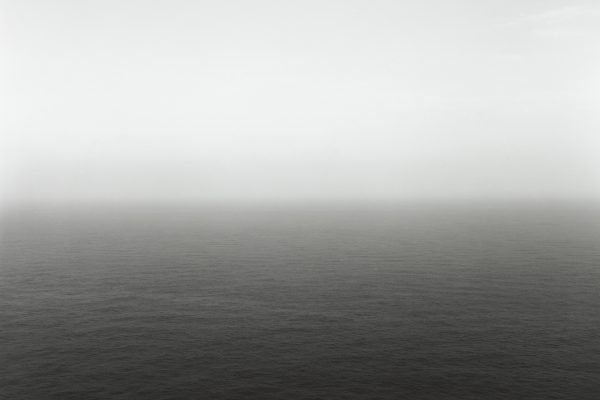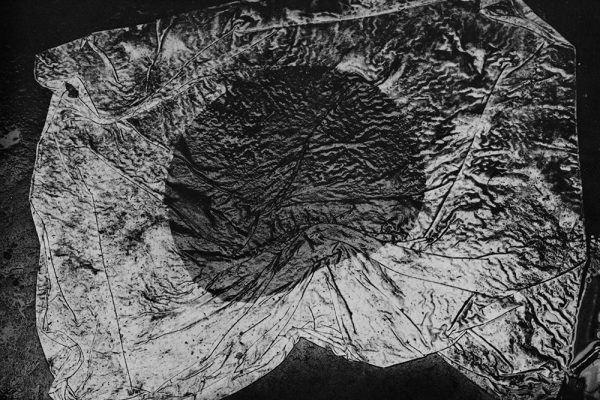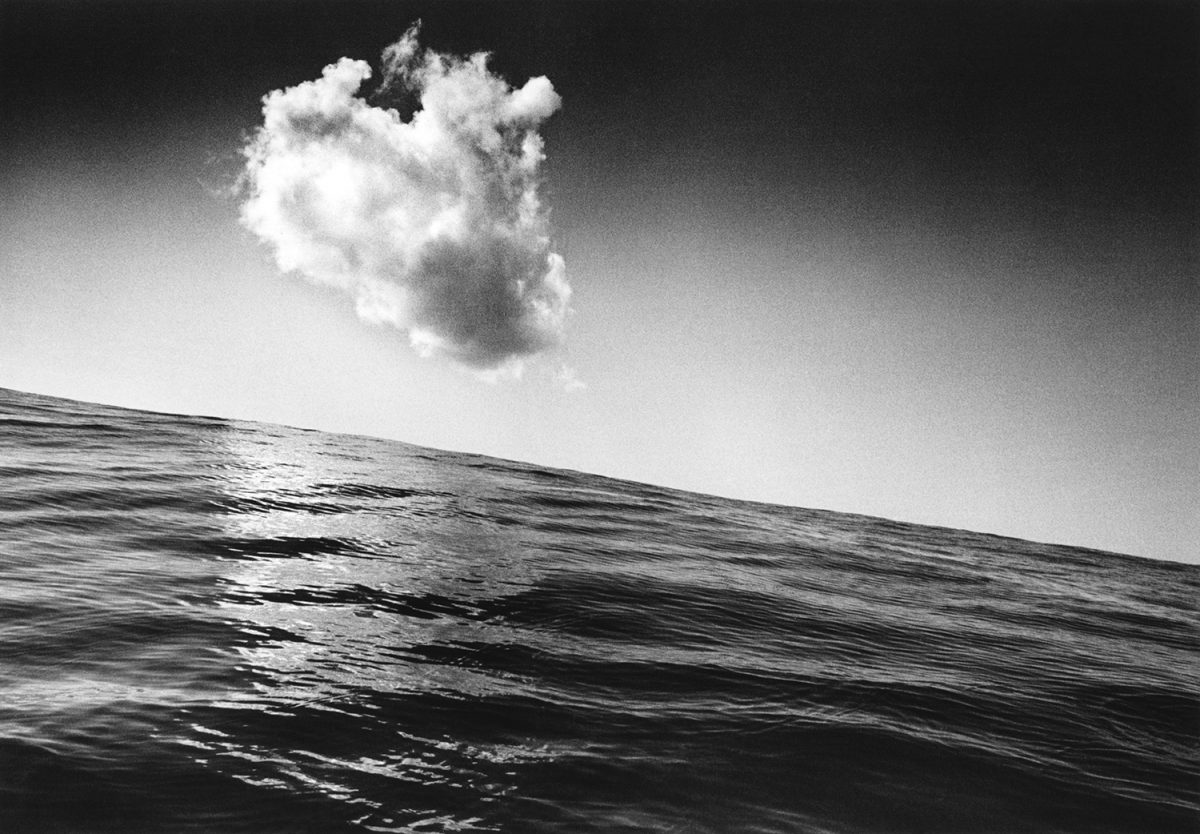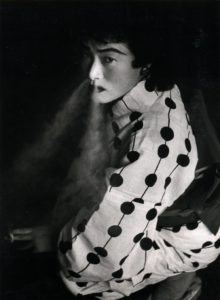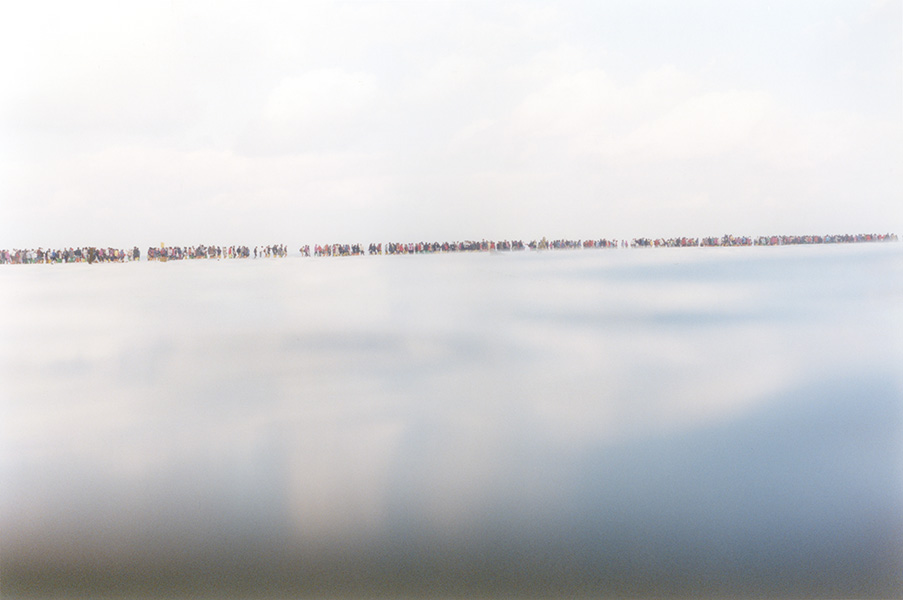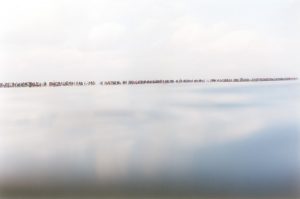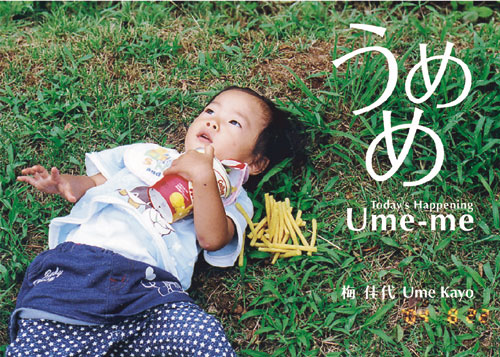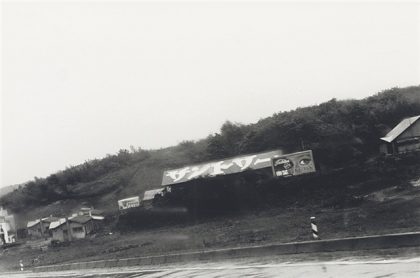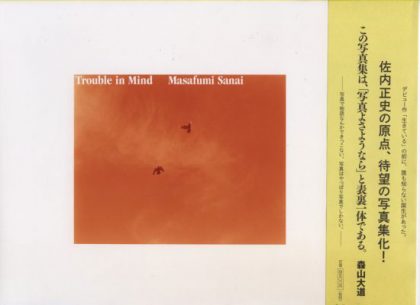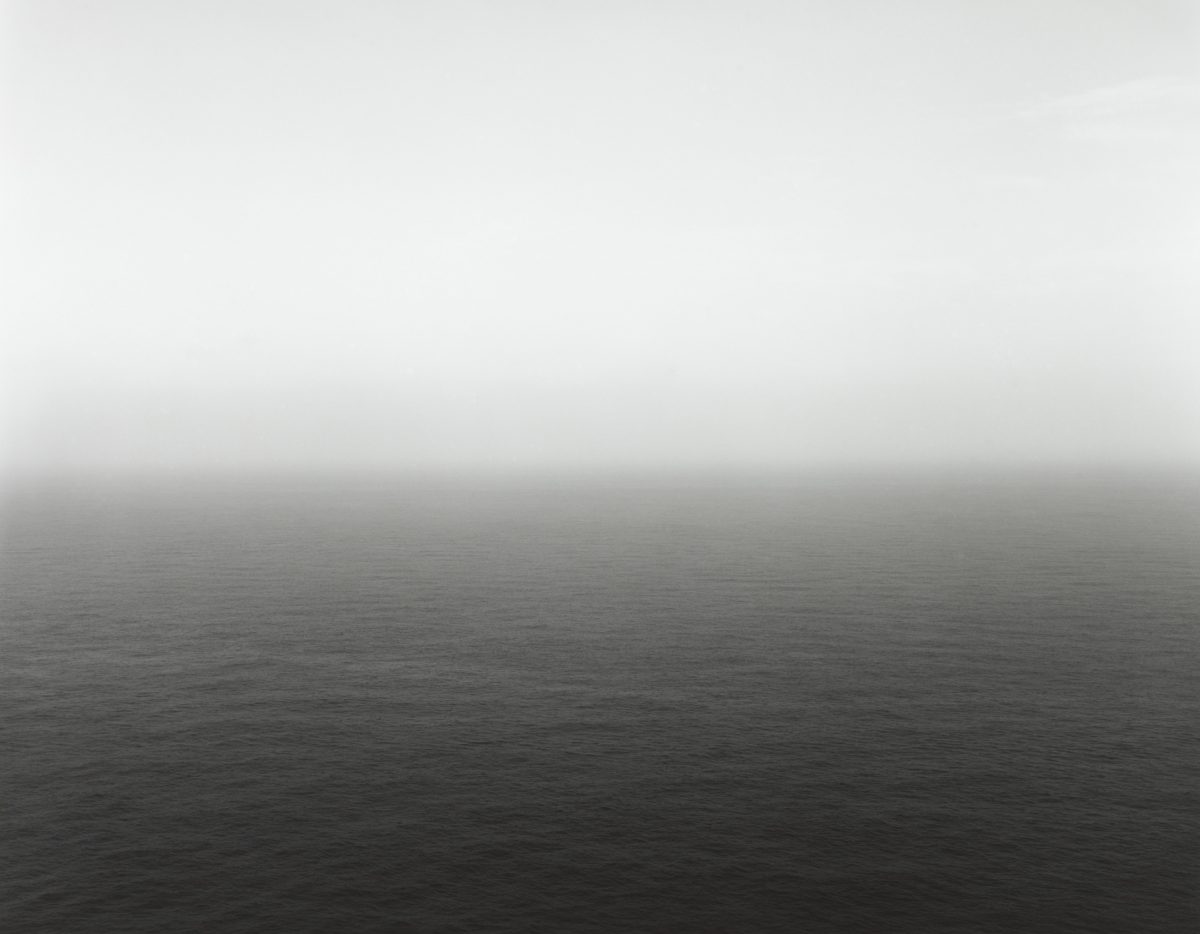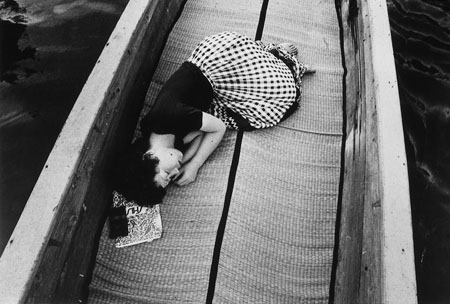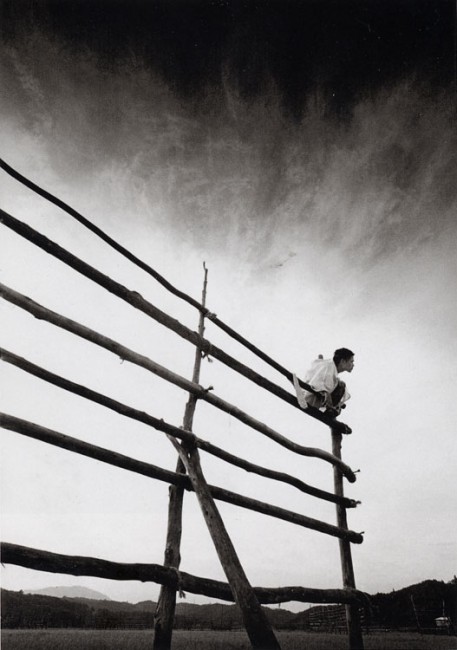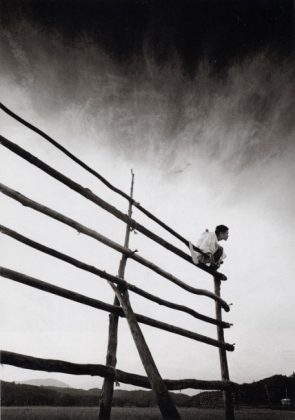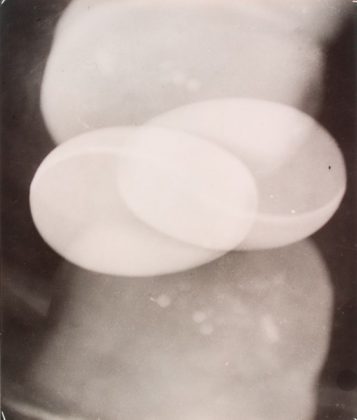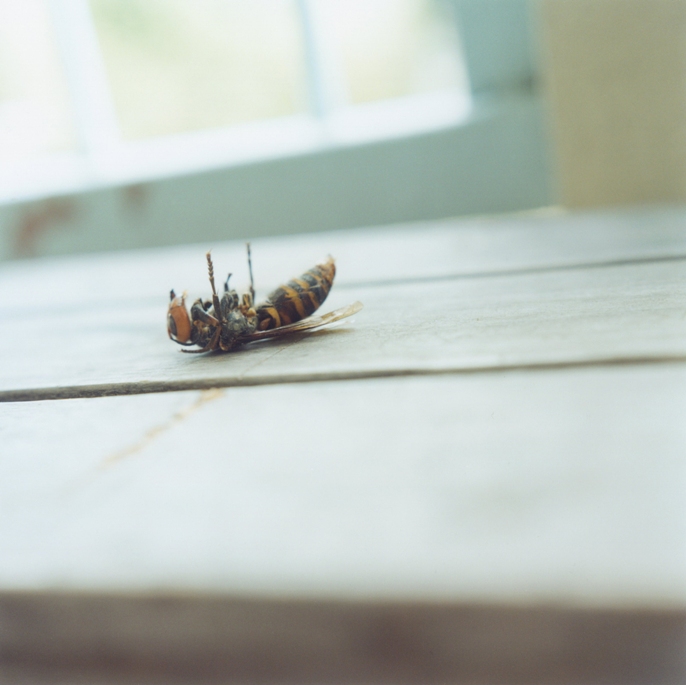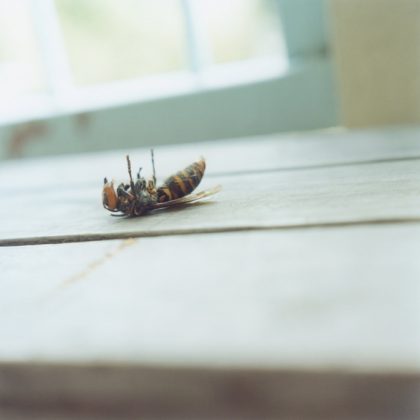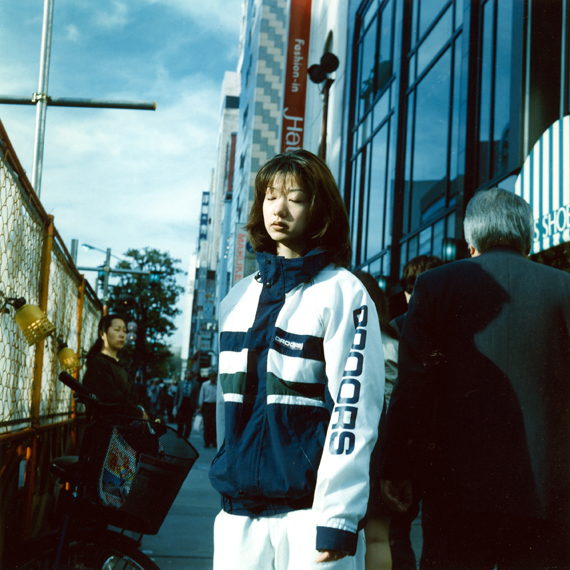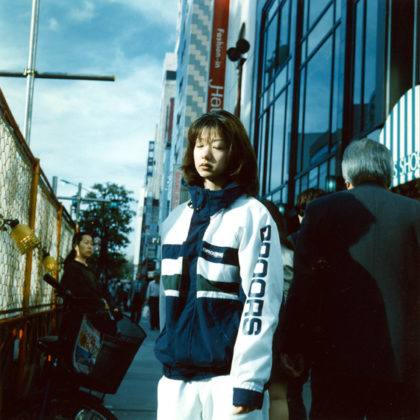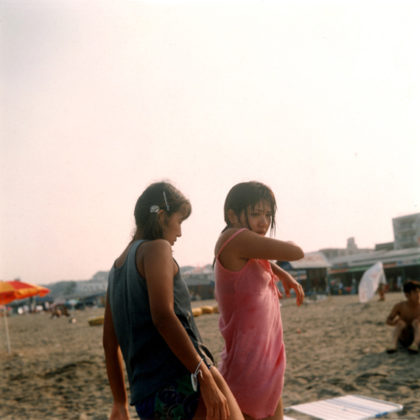It is interesting to have a look at the Western reception of Japanese photography in the last three decades. After a few initial exhibitions on Japanese photography in the 1970s and early 1980s – like the first and seminal show New Japanese Photography at the MOMA 1974 – the Western audience lost interest in this exceptionally productive period of time and in Japanese photography in general. It took almost a decade that the interest in Japanese photography revitalized, but this time the interest focussed on contemporary Japanese photographers like Nobuyoshi Araki (first solo show in the West 1992), Hiroshi Sugimoto or Toshio Shibata.
Historical Japanese only came into view again at the end 1990s with the world tour of the Daido Moriyama exhibition, produced 1999 by Sandra Phillips at the SFMOMA, and in 2004 with the exhibition “The History of Japanese Photography” by Anne Tucker at the Museum of Fine Art Houston. Ann Tucker’s catalogue will be the reference publication on Japanese photography for many years to come. This kind of meandering reception of Japanese photography led to the surprising result that “the most important figure in Japanese postwar photography” is still much less known as the photographers who developed their work with or against him. Of course this photographer – who had been labelled the “godfather” of Japanese photography by an artist I met in Tokyo recently – is Shomei Tomatsu.
Recently I had the pleasure to initiate the first solo exhibition of Shomei Tomatsu in Germany, which is currently on show at Galerie Priska Pasquer.
Shomei Tomatsu at Galerie Priska Pasquer Cologne
Exhibition: March 13 – April 17, 2010

